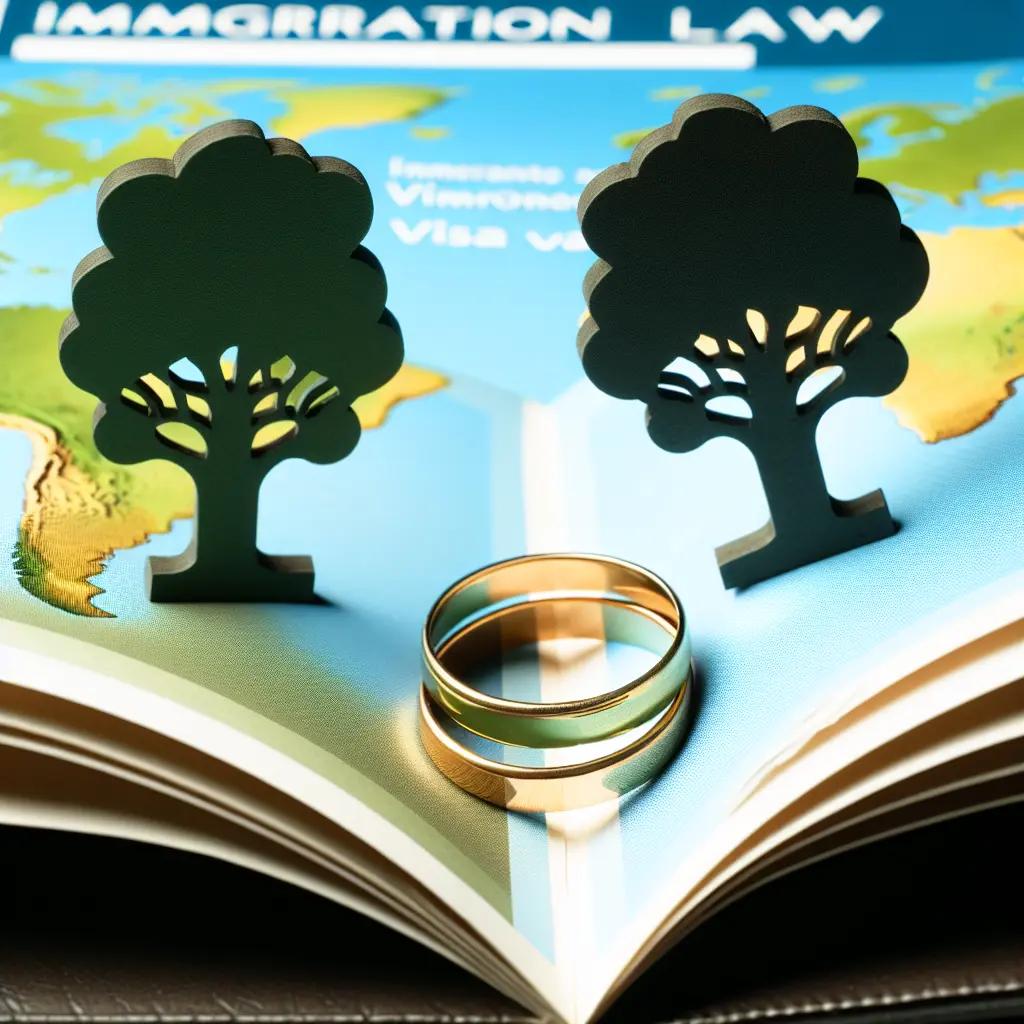Immigration Law Essentials: Fiancé Visa vs Marriage Green Card

Introduction
When it comes to bringing a foreign-born spouse or fiancé(e) to the United States, two primary immigration pathways exist: the fiancé(e) visa (K-1 visa) and the marriage-based green card. Each option carries distinct legal implications, processes, and practical considerations that warrant careful evaluation.
Fiancé(e) Visa (K-1 Visa)
Eligibility and Process
The K-1 visa is designed for foreign nationals engaged to U.S. citizens who plan to marry within 90 days of entering the United States. To qualify, the couple must have met in person within the two years preceding the visa application, unless an exemption is granted due to extreme hardship or cultural/religious reasons.
The process begins with the U.S. citizen filing Form I-129F, Petition for Alien Fiancé(e), with U.S. Citizenship and Immigration Services (USCIS). Upon approval, the foreign fiancé(e) can apply for the K-1 visa at a U.S. embassy or consulate in their home country.
Legal Implications
The K-1 visa is a non-immigrant visa, meaning it does not grant permanent residence. The foreign fiancé(e) must marry the U.S. citizen within 90 days of entry or depart the United States. Failure to marry within this timeframe can lead to removal proceedings.
Practical Impact
The K-1 visa allows couples to get married in the United States, which can be advantageous for those who prefer a U.S. wedding or need to finalize other legal or personal matters before the marriage. However, it requires the couple to marry quickly, which can be stressful and may not allow for adequate planning.
Marriage-Based Green Card
Eligibility and Process
For a marriage-based green card, the couple must be legally married. The U.S. citizen spouse files Form I-130, Petition for Alien Relative, with USCIS to establish the relationship. Once the petition is approved, the foreign spouse can apply for a green card either through consular processing at a U.S. embassy or consulate in their home country or through adjustment of status if they are already in the United States.
Legal Implications
A marriage-based green card is an immigrant visa, leading to permanent residence. The process involves more stringent documentation, including proof of a bona fide marriage, which can be subject to scrutiny to prevent fraud. The couple must also meet the financial requirements set by the Affidavit of Support (Form I-864).
Conditional Residence
If the marriage is less than two years old at the time of the green card approval, the foreign spouse will receive a conditional green card valid for two years. To remove the conditions, the couple must jointly file Form I-751, Petition to Remove Conditions on Residence, within 90 days before the conditional green card expires.
Practical Impact
A marriage-based green card offers more stability and long-term benefits compared to the K-1 visa. It allows the foreign spouse to live and work in the United States without the immediate pressure of getting married within a short timeframe. However, the process is generally longer and more complex, requiring more documentation and potentially involving interviews to verify the bona fide nature of the marriage.
Policy Implications
Fraud Prevention
Both processes have mechanisms to prevent marriage fraud. For K-1 visas, the requirement to marry within 90 days and the need for proof of a genuine relationship are key. For marriage-based green cards, the interview process and the requirement for joint filing of the Form I-751 help ensure the marriage is bona fide.
Public Charge Rule
The Public Charge Rule, which assesses whether an immigrant is likely to become a public charge, applies to both K-1 visa and marriage-based green card applicants. The U.S. citizen spouse must sign an Affidavit of Support to ensure the foreign spouse will not become a public charge.
Immigration Reform
Changes in immigration policies can significantly impact both processes. For example, any reforms affecting the definition of a "bona fide" marriage or the financial requirements for sponsors could alter the eligibility criteria and the complexity of the application process.
Relevant Legal Precedents
Matter of Laureano
In _Matter of Laureano_, the Board of Immigration Appeals (BIA) clarified that a marriage entered into solely for the purpose of obtaining immigration benefits is not a bona fide marriage. This precedent underscores the importance of proving a genuine relationship in marriage-based green card applications.
Immigration and Nationality Act (INA)
The Immigration and Nationality Act (INA), specifically sections 101(a)(15)(K) and 201(b), governs the legal framework for K-1 visas and marriage-based green cards, respectively. Any changes or interpretations of these sections can significantly impact the eligibility criteria and processes.
In summary, while both the fiancé(e) visa and marriage-based green card pathways enable foreign nationals to join their U.S. citizen partners in the United States, they differ in terms of legal implications, processes, and practical considerations. Careful evaluation of individual circumstances and consultation with an experienced immigration lawyer is crucial to navigate these complex